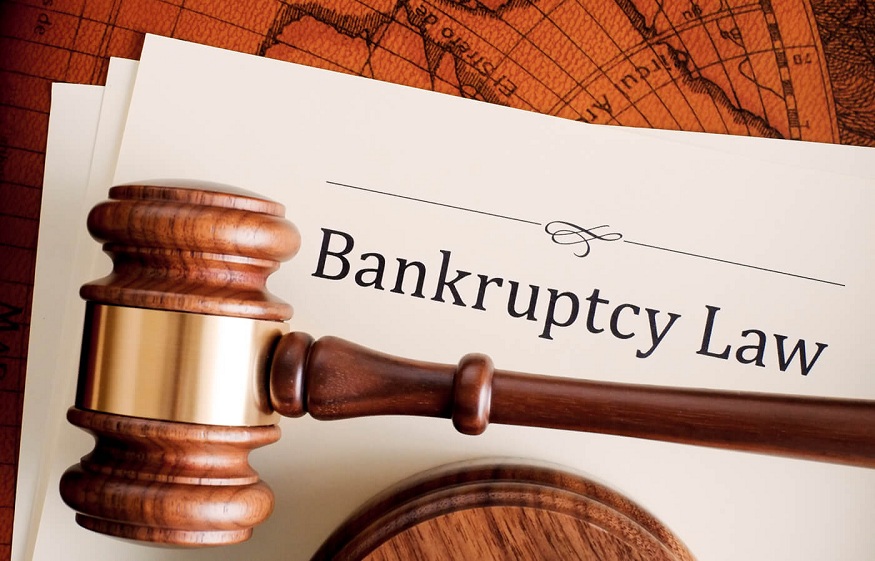What to do When You Get out of Bankruptcy
Bankruptcy attorneys understand that the feeling of filing for bankruptcy can be compared to hitting rock bottom financially. While bankruptcy does erase the old debt, it remains on your credit report for seven to ten years, negatively affecting your long-term chances of being approved for credit. In what other ways does your life change after bankruptcy?
You’ll need to build a budget when filing bankruptcy.
While making and adhering to a budget may seem difficult or even constrictive, a budget is simply a spending plan and tool that helps you achieve your long-term financial objectives. Your bankruptcy attorney will tell you that budgeting can help you gain insight into your spending patternsso they don’t spiral out of control again.
The first step in creating a budget is calculating your monthly income. This helps you determine how much you can spend and save each month. Next, you’ll want to spend a month or two keeping track of your money. This will help you create clear financial priorities.For instance, you might discover that you’re spending more money than you’d like to in some categories or that you aren’t allocating enough funds for other categories that are important to you.
Now you can establish your budget. Make sure you list all your debts and recurring expenses (e.g., utility bills, food) that you still have after filing for bankruptcy.Your bankruptcy attorney may suggest that you follow the 50/30/20 budget rule here, where you set aside 20% of your monthly income for savings, allocate 50% of your income to meet your needs, and the other 30% to satisfy your wants.
After filing for bankruptcy, you’ll need to reestablish good credit.
After filingfor bankruptcy,you’ll need to reestablish a strong credit score. There are numerous ways in which to accomplish this after filing for bankruptcy, including:
- Pay your bills on time. This makes up 35% of your FICO credit score and demonstrates that you can manage your money responsibly.
- Report your utility bill payments. Things like your phone and electric bill count toward your credit history. When filing for bankruptcy, make sure you inquire with utility providers to see if they take part in any programs that notify credit reporting agencies of your timely payments.
- Open a secured credit card. After filing for bankruptcy, if you don’t have any remaining loans or debts,you’ll need to obtain credit. One way to get started is by opening a secured credit card.
Remember, after filing for bankruptcy, it’ll stay on your credit report for 10 years. Use this time wisely by getting a secured credit card, consistently paying your utility bills on time, and using Experian Boost to make sure that these payments are reported to the credit bureaus. If your bankruptcy attorney has you filing bankruptcy under Chapter 13, you’ll need to be able to manage your income in such a way that you can use it to pay back some debts for three to five years.
The Bottom Line
While your credit score will typically suffer significantly after filing for bankruptcy, you can fully recover and get back on your feet with perseverance, patience, and discipline. You can build a much better future for yourself if you adopt responsible saving and spending practices and work to rebuild your credit score.If you need help filing bankruptcy, you should know that Weller LegalGroup in Tampa, FL is a trusted firm that specializes in bankruptcy law, and they have a bankruptcy attorney who can guide you through the process. Their experienced bankruptcy attorneys will work closely with you to develop a personalized plan to address your financial situation and help you make informed decisions. Contact them today so you can start taking control of your future.










